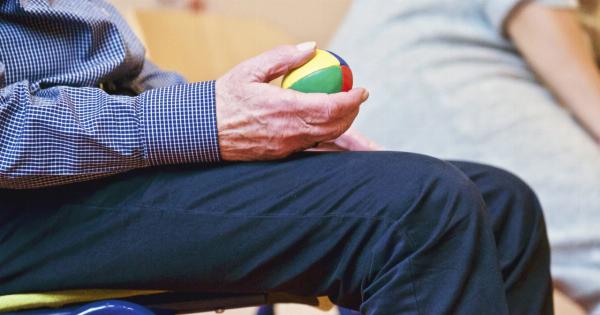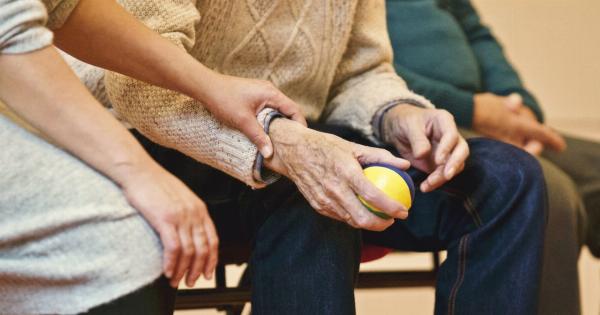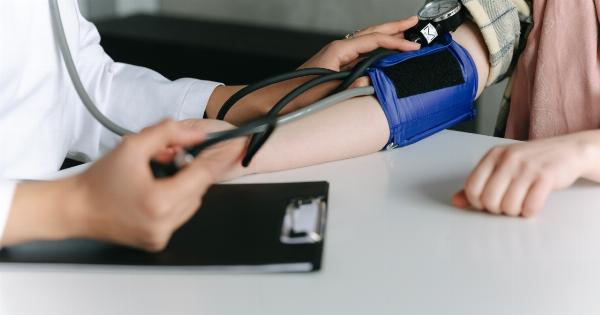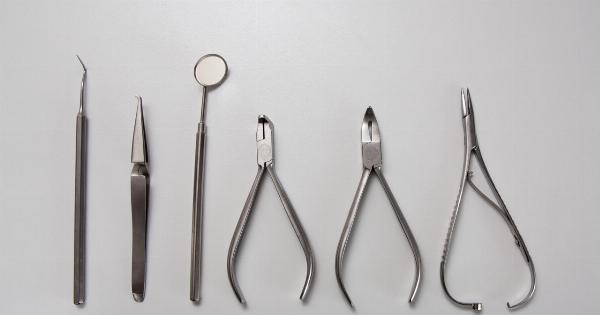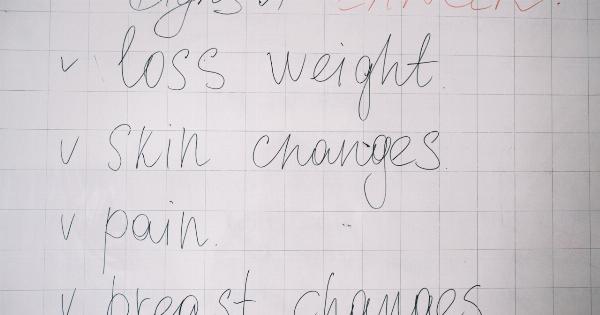A heart attack, also known as a myocardial infarction, is a life-threatening condition that occurs when the blood flow to a part of the heart muscle is blocked.
This blockage is often caused by a clot that forms in one of the coronary arteries, which supply oxygen-rich blood to the heart. Recognizing the early warning signs of a heart attack is crucial, as prompt medical intervention can greatly improve the chances of survival and minimize damage to the heart.
In this article, we will discuss the various symptoms and signals that may indicate the onset of a heart attack.
1. Chest Pain or Discomfort
Chest pain or discomfort is one of the most common and recognizable symptoms of a heart attack. It is often described as a feeling of pressure, tightness, squeezing, or pain in the center or left side of the chest.
The pain may also radiate to the jaw, shoulder, arm, or back. It is important to note that not all individuals experience severe chest pain, and some may feel only mild discomfort or indigestion-like symptoms.
2. Shortness of Breath
Another common symptom of a heart attack is shortness of breath. This can occur either before or during the chest pain.
Individuals may experience difficulty in breathing or feel as though they are unable to catch their breath, even with minimal exertion.
3. Nausea and/or Vomiting
In some cases, a heart attack can cause feelings of nausea and may even lead to vomiting. These symptoms may be accompanied by other gastrointestinal discomfort, such as indigestion, heartburn, or abdominal pain.
4. Fatigue and Weakness
Feeling unusually tired, weak, or exhausted for no apparent reason can be a warning sign of a heart attack. This fatigue may be persistent and not relieved by rest.
5. Cold Sweats
Experiencing cold sweats, clammy skin, or a general feeling of being too hot or too cold without any reason can indicate an underlying heart issue. These symptoms are often accompanied by other signs of a heart attack.
6. Lightheadedness or Dizziness
Feeling lightheaded or dizzy can be a result of reduced blood flow to the brain, which may occur during a heart attack. Some individuals may even faint or lose consciousness briefly.
7. Jaw, Neck, or Shoulder Pain
Pain or discomfort in the jaw, neck, or shoulders can sometimes be a warning sign of a heart attack, particularly in women. This pain may occur alongside other symptoms or on its own.
8. Irregular Heartbeat
An irregular heartbeat, also known as arrhythmia, can be a sign of an impending heart attack. It may feel like the heart is skipping beats, fluttering, or racing. Some individuals may experience a pounding sensation in their chest.
9. Anxiety or Panic Attacks
Feeling a sense of impending doom, extreme anxiety, or even experiencing panic attacks without a clear trigger can sometimes be a manifestation of a heart attack.
These symptoms should not be ignored, particularly if they are accompanied by other warning signs.
10. Unexplained Back Pain
In certain cases, a heart attack can cause unexplained pain in the upper back, especially between the shoulder blades. This pain may be constant or intermittent and may worsen with physical exertion or stress.
Final Thoughts
Recognizing the early warning signs of a heart attack can save lives. If you or someone you know experiences any of these symptoms, it is crucial to seek immediate medical attention.
Remember, symptoms can vary from person to person, and not everyone will exhibit all of these warning signs. By being aware and vigilant, we can take action swiftly and potentially prevent a heart attack from becoming deadly.




















